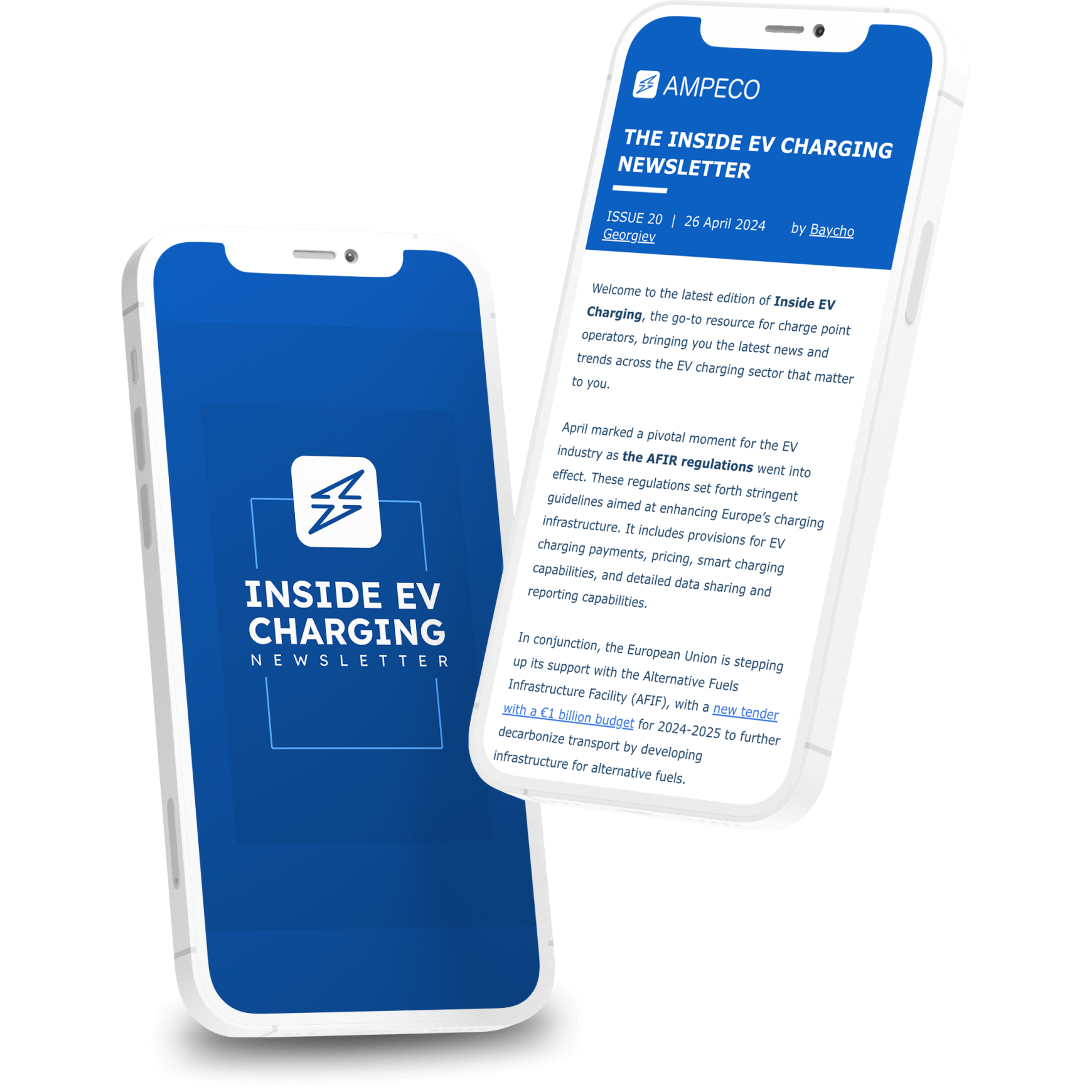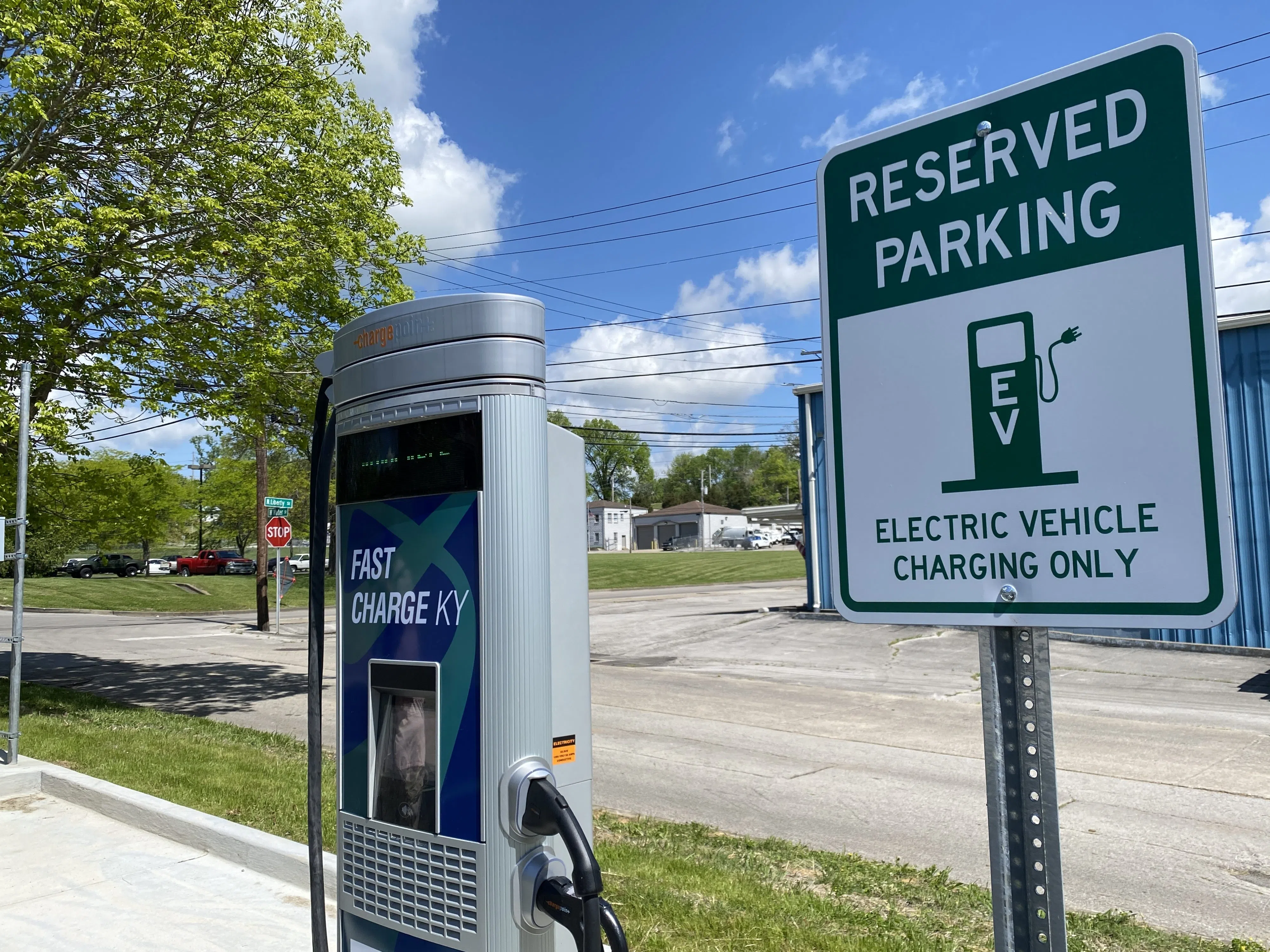How to Stay Updated on Industry Developments When You Buy EV Charging news
Leading EV Charging Information: Trick Updates on Facilities and Technology

Recent Innovations in Fast-Charging Innovation

Moreover, innovations in battery modern technology, consisting of enhanced thermal administration systems and higher power thickness batteries, complement fast-charging abilities. These advancements minimize the danger of battery deterioration throughout quick charging, ensuring durability and efficiency for EV owners.
In addition, the integration of smart billing remedies is improving user experience, enabling real-time surveillance and vibrant pricing designs. EV Charging news. This adaptability enables motorists to enhance billing times and prices based on grid demand
As automakers continue to spend in fast-charging networks, the cooperation between market stakeholders is critical. Partnerships between billing terminal service providers and automobile producers are paving the method for considerable protection, ultimately cultivating an extra robust EV community. These advancements are critical in supporting the shift to lasting transportation.
Federal Government Initiatives for Charging Growth
Government initiatives play an essential function in the growth of electric automobile (EV) charging facilities, helping with the transition to sustainable transportation. Different government and state programs are being implemented to improve charging ease of access, minimize the economic burden on customers, and promote the adoption of electric automobiles.
Especially, the U.S. government has alloted considerable funding with the Infrastructure Financial Investment and Jobs Act, which allocates $7.5 billion for EV billing network growth across the nation. This financing is intended at releasing hundreds of brand-new charging terminals, specifically in underserved locations, thereby dealing with variety stress and anxiety amongst possible EV customers.
Furthermore, various states are establishing legislation to streamline the permitting procedure for billing terminal installments, which is essential for accelerating release. Incentives such as tax obligation credit reports and rebates for both consumers and companies are also being introduced to urge the installment of charging infrastructure.
Additionally, public-private collaborations are increasingly coming to be an emphasis, leveraging private investment to match government financing. These campaigns highlight a joint technique necessary for developing a comprehensive and effective EV billing network, eventually adding to a greener and even more lasting future.
Innovative Battery Solutions Enhancing Performance
Transforming the landscape of electrical automobile (EV) technology, ingenious battery services are dramatically boosting performance and efficiency. Breakthroughs in battery chemistry, especially with lithium-sulfur and solid-state batteries, are resulting in raised power density, which enables longer arrays and faster billing times. These new battery types have the possible to exceed typical lithium-ion batteries by using higher capacities while lowering weight, thereby improving general car performance.
Additionally, developments in battery management systems (BMS) are enhancing energy usage and expanding battery life expectancy. Intelligent formulas keep an eye on battery health and wellness and performance, allowing real-time adjustments to charging and releasing processes. This not just boosts the performance of the battery yet additionally ensures an extra lasting and reliable power source for EVs.
Furthermore, the combination of recycling innovations is dealing with the environmental impact of battery production and disposal. Technologies in second-life applications for EV batteries are promoting their use in energy storage space systems, adding to a Click Here circular economic climate.
As these innovative battery services remain to evolve, they assure to change the EV market, making electrical lorries extra attractive and available to a more comprehensive audience while supporting international sustainability goals.

Partnership In Between Automakers and Charging Networks
Identifying the important demand for a robust charging infrastructure, car manufacturers are increasingly teaming up with charging network suppliers to boost the EV possession experience (EV Charging news). These partnerships aim to develop a seamless charging ecosystem that profits consumers and sustains the transition to electrical automobiles
Major auto brand names are signing up with pressures with recognized billing networks to increase their charging station insurance coverage, making certain chauffeurs have access to convenient and reputable charging alternatives. For example, collaborations with networks like ChargePoint and Electrify America enable car manufacturers to integrate billing services directly into their vehicles' navigating systems, guiding individuals to the nearby stations and offering real-time accessibility updates.
Moreover, these partnerships often cause the growth of fast-charging innovations that considerably decrease the moment required to reenergize an EV. By merging resources and know-how, automakers and billing networks can innovate faster, creating remedies that meet the growing need for electrical mobility.
On top of that, joint initiatives may likewise result in more standardized charging protocols, which can alleviate customer complication and advertise wider EV fostering. Generally, these strategic alliances are essential in developing a efficient and user-friendly charging framework that fulfills the needs of a broadening electric automobile market.
Obstacles Encountering EV Charging Framework
As the electric vehicle market remains to expand, numerous difficulties are appearing that prevent the advancement of a thorough billing framework. Among the key challenges is the insufficient number of charging terminals, especially in rural and underserved urban locations. This gap produces range stress and anxiety among potential EV purchasers, hindering them from making the switch.
In addition, the absence of standardization in billing modern technology complicates the facilities landscape. Variants in plug kinds and billing speeds can create confusion for users and boost operational complexities for billing network drivers. Furthermore, the combination of billing terminals into existing electric grids positions substantial difficulties. Several areas encounter capability restrictions, calling for considerable investments in grid upgrades to accommodate raised need.
Another pushing concern is the high expense linked with the installment and maintenance of billing terminals, which can be an obstacle for both exclusive companies and public entities. Finally, regulatory hurdles and zoning constraints can delay the implementation of billing facilities, restraining development in increasing essential solutions. Resolving these challenges Related Site will be important for fostering a robust EV community that supports the transition to lasting transportation.
Final Thought
In verdict, the continuous improvements in EV charging innovation, supported by significant federal government efforts and ingenious battery services, are important for the growth and efficiency of electrical lorry facilities. Collaborations between automakers and charging suppliers further enhance station protection, attending to the expanding need for obtainable billing options. Despite link difficulties that persist within the EV charging landscape, these advancements signify a positive trajectory in the direction of an extra reliable and lasting electric car environment.
Technologies in charging framework have actually led to the growth of ultra-fast battery chargers qualified of supplying up to 350 kW of power, considerably reducing charging times. Variants in plug kinds and charging rates can develop confusion for individuals and raise functional intricacies for charging network operators.In conclusion, the recurring developments in EV billing technology, supported by considerable government efforts and cutting-edge battery options, are vital for the expansion and performance of electric vehicle framework. Cooperations in between automakers and charging service providers even more boost station protection, dealing with the growing demand for available charging options. In spite of difficulties that continue within the EV billing landscape, these developments represent a positive trajectory in the direction of a much more effective and lasting electrical car ecological community.